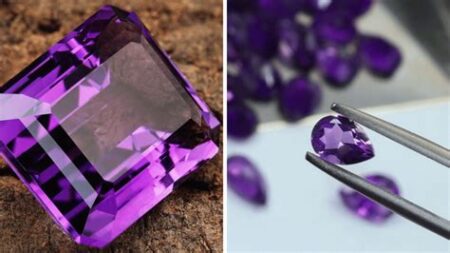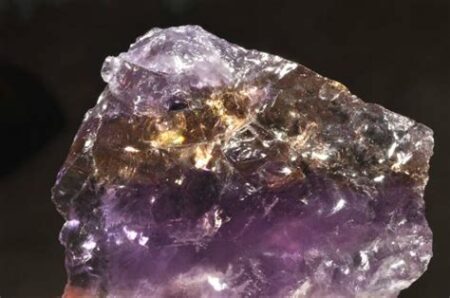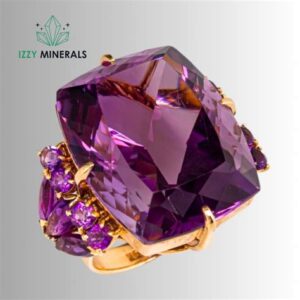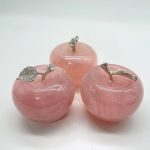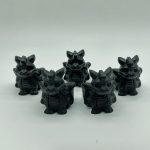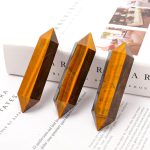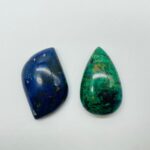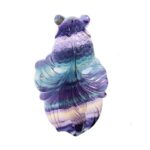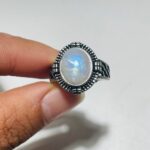What is Fool’s Gold?
Fool’s gold, scientifically known as pyrite, is an iron sulfide mineral that resembles gold in appearance. It has a metallic luster and a pale golden color, giving it a superficial similarity to the precious metal. However, pyrite’s chemical composition and properties differ significantly from those of gold, making it a worthless mineral in comparison.
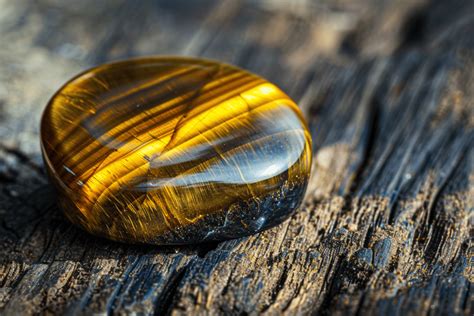
Value of Fool’s Gold
Fool’s gold has no intrinsic monetary value in and of itself. Unlike gold, which is a highly valued commodity used in jewelry, electronics, and investments, pyrite has no practical or commercial applications. Its shiny appearance and superficial resemblance to gold make it a novelty item that may be used in decorative or craft projects. However, these applications do not translate into a significant market value.
Fool’s gold is often sold as a curiosity or souvenir for a few dollars per piece. However, its value is purely sentimental and not based on any inherent worth. It is important to avoid mistaking pyrite for gold, as this can lead to disappointment and financial loss.
Factors Affecting the Value of Pyrite
While fool’s gold has no intrinsic value, certain factors can influence its perceived worth:
- Size: Larger pieces of pyrite may be more visually impressive and fetch a higher price as decorative objects.
- Shape: Pyrite crystals with unique or interesting shapes may be more sought after by collectors.
- Quality: The luster and color of pyrite can vary, with brighter and more metallic-looking specimens being more desirable.
- Scarcity: In some areas, pyrite may be relatively rare, which can increase its perceived value.
Potential Applications of Pyrite
Despite its lack of monetary value, pyrite has some potential applications in various fields:
- Scientific Research: Scientists use pyrite in experiments to study the formation of minerals and ore deposits.
- Industrial Uses: Pyrite is sometimes used as a source of elemental sulfur in the chemical industry.
- Potential New Applications: Researchers are exploring the use of pyrite as a semiconductor material in electronic devices.
Conclusion
Fool’s gold, also known as pyrite, is a worthless mineral with no intrinsic monetary value. Its superficial resemblance to gold can lead to confusion, but it is important to distinguish between the two. Pyrite has no practical or commercial applications, and its value is purely sentimental or decorative. However, research efforts into potential new applications for pyrite may unlock its potential in the future.
Tables
Table 1: Characteristics of Fool’s Gold (Pyrite)
| Property | Value |
|---|---|
| Chemical Composition | Iron sulfide (FeS₂) |
| Color | Pale golden |
| Luster | Metallic |
| Hardness | 6.0-6.5 on Mohs scale |
| Streak | Blackish-green |
Table 2: Potential Applications of Fool’s Gold (Pyrite)
| Field | Application |
|---|---|
| Scientific Research | Studying mineral formation and ore deposits |
| Industrial Uses | Source of elemental sulfur |
| Potential New Applications | Semiconductor material in electronic devices |
Table 3: Factors Affecting the Value of Pyrite
| Factor | Description |
|---|---|
| Size | Larger pieces are more visually impressive. |
| Shape | Unique or interesting shapes are more desirable. |
| Quality | Brighter and more metallic-looking specimens are more valuable. |
| Scarcity | Pyrite from rare areas may fetch a higher price. |
Table 4: Comparison of Fool’s Gold (Pyrite) and Gold
| Property | Fool’s Gold (Pyrite) | Gold |
|---|---|---|
| Chemical Composition | FeS₂ | Au |
| Value | No intrinsic value | High intrinsic value |
| Applications | Novelty or decorative | Jewelry, electronics, investments |

